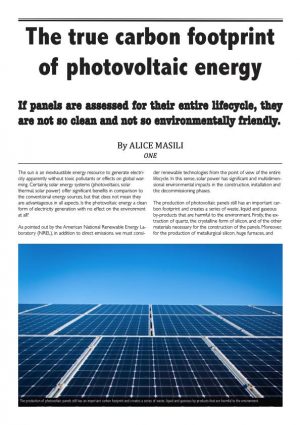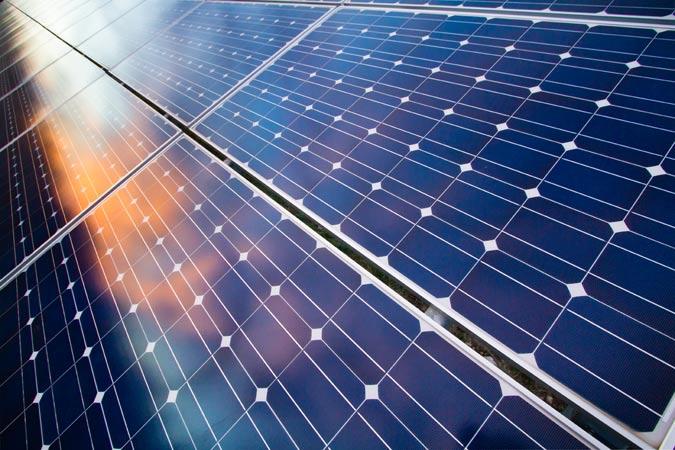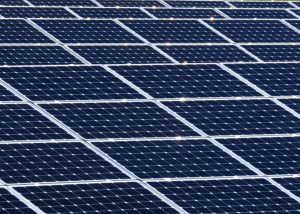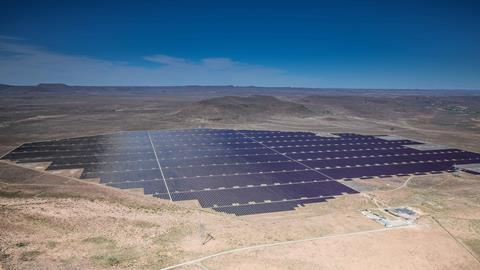The temperatures of the solar panels tested were on average about 20 degrees celsius higher than the ambient air temperature see reference 4 page 17.
Do large numbers of solar panels raise air temperature.
However solar panels can get as hot as 65 c 149 f at which point solar cell efficiency will be hindered.
Solar panels are power tested at 25 0 c so the temperature coefficient percentage illustrates the change in efficiency as it goes up or down by a degree.
In cooler temperatures the solar panels are more shaded and consequently can heat up more efficiently.
Gigantic solar deployments have local effects on temperature but hardly sway the global average.
They are subject to many influences including those of the atmosphere ocean and land and are modified by them.
Climate climate solar radiation and temperature.
Use the solar panel sizing calculator to determine the right amount of paneling you will need to heat your pool year round.
As variation of solar radiation is the single most important factor affecting climate it is considered here first.
Air temperatures have their origin in the absorption of radiant energy from the sun.
Solar panel efficiency drops by around 0 05 percent for every degree celsius increase in temperature.
The digital thermostat operates via the solar panel so there is no need for batteries or ac power.
Unlike solar thermal heating applications solar air heaters do not over heat in the summer months.
Home solar panels are tested at 25 c 77 f and thus solar panel temperature will generally range between 15 c and 35 c during which solar cells will produce at maximum efficiency.
A properly sized solar panel system will raise water temperatures adequately.
On the other hand efficiency increases by 0 05 percent for every degree celsius decrease in temperature.
In the summer time simply adjust the temperature settings below the actual internal temperature and your solar air heater will never turn on.
Install factors like how close the panels are installed to the roof can impact the typical heat of your solar system.
For example if the temperature coefficient of a particular type of panel is 0 5 then for every 1 0 c rise the panels maximum power will reduce by 0 5.










